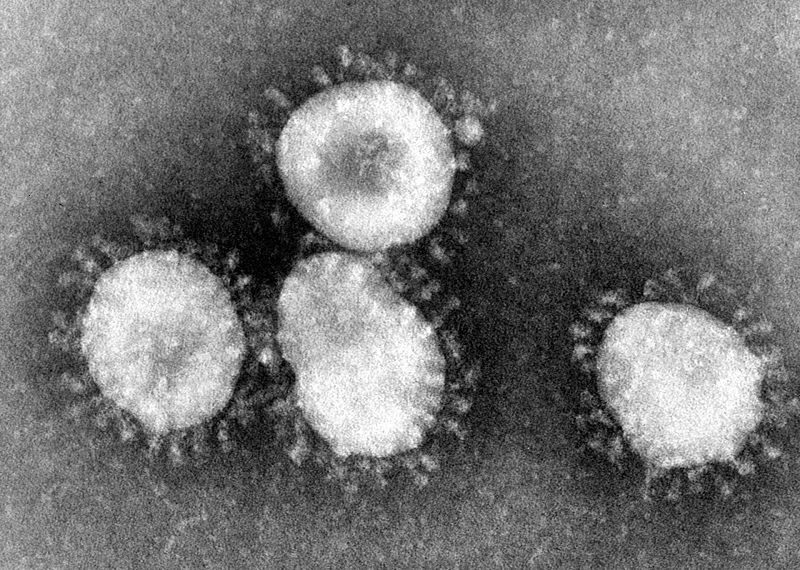US CDC develops comprehensive plan to screen passengers to combat deadly virus.
29 January, 2020
2 min read
Miscellaneous

Geoffrey Thomas
By joining our newsletter, you agree to our Privacy Policy


The US Centre for Disease Control and Prevention (CDC) has issued a comprehensive plan for air travellers to combat the coronavirus.
The CDC established a 2019-nCoV (coronavirus) Incident Management Structure on January 7, 2020, and on January 21, 2020, activated its Emergency Response System to better provide ongoing support to the 2019-nCoV response.
READ: Huge Australian breakthrough
On January 27, CDC issued updated travel guidance for China, recommending that travellers avoid all nonessential travel to all of the country.
CDC and Customs and Border Protection (CBP) are continuing to conduct enhanced entry screening of passengers who have been in Wuhan within the past 14 days at 20 designated U.S. airports.
Given travel out of Wuhan has been shut down, the number of passengers who meet this criterion is dwindling.
Going forward, it says CBP officials will monitor for travellers with symptoms compatible with 2019-nCoV infection and a travel connection with China and will refer them to CDC staff for evaluation at all 20 U.S. quarantine stations.
At the same time, ALL travellers from China will be given CDC’s Travel Health Alert Notice, educating those travellers about what to do if they get sick with certain symptoms within 14 days after arriving in the United States.
CDC has also developed a real-time Reverse transcription-polymerase Chain Reaction (rRT-PCR) test that can diagnose 2019-nCoV in respiratory and serum samples from clinical specimens.
The outbreak of the coronavirus has killed 132 people in China and infected close to 6,000.
There are at least 47 cases confirmed in 16 other countries, including in Thailand, France, the US and Australia. No deaths have been reported outside China.
The US was planning to halt China-US flights becuase of the coronavirus but has pulled back from that stance.
Next Article
2 min read
Qantas triples profit but misses mark

Get the latest news and updates straight to your inbox
No spam, no hassle, no fuss, just airline news direct to you.
By joining our newsletter, you agree to our Privacy Policy
Find us on social media
Comments
No comments yet, be the first to write one.
